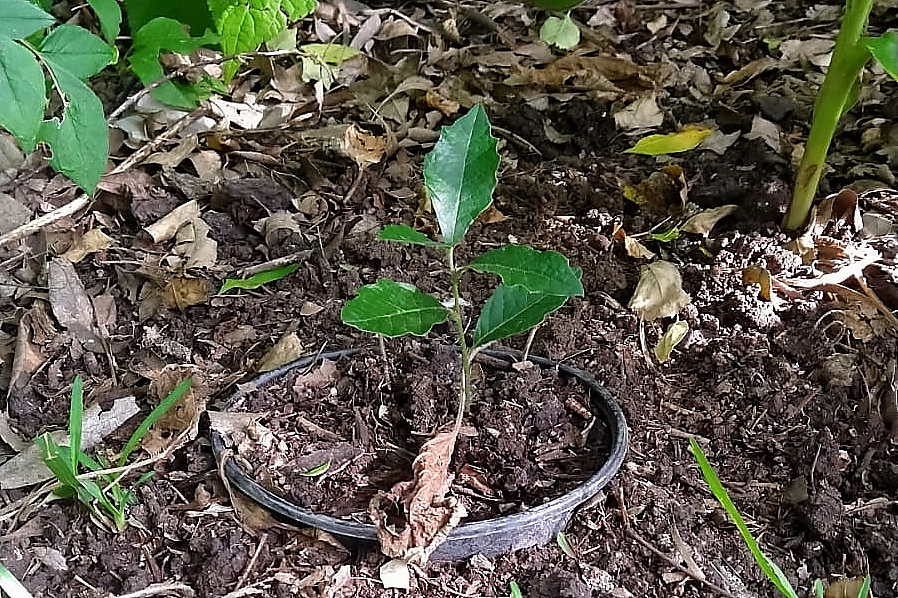
As I prepared to write this post, I realized something: I seem to be the only 10,000 Birds contributor who writes about the intersection between birding and gardening. And yet, I suspect that most birders who also have a garden are probably interested in how to welcome birds into that space.
I have long thought about, and acted upon, this subject. Putting a birdbath in my garden was actually my first step towards birding in Morelia. Once I was fully in, I began to favor plants that my feathered friends preferred. Fruit trees such as peaches and pomegranates have provided seasonal food, as do the fruits of my blackberries, a prickly pear cactus that sprouted on our roof, and some houseplants that turned out to grow tree-sized and fruit in our mild climates. Hummingbirds come for the flowers of a Jacaranda tree, banana plants, and an ever-increasing collection of local salvias I have collected from the wild (cuttings and seeds, not uprooted plants).
And yet…
Over the years, only invasive House Sparrows have consistently nested in my little garden. This past year a lone Inca Dove raised a couple of broods. And I suspect that hummingbirds have also nested here, although I have only once found one of their tiny nests, many years ago.
And I would very much like for my garden to provide a good nesting spot for birds.
I recently came across some videos that gave me some insight into what I might do to make my yard more welcoming for nesting birds. Several were by the American entomologist Doug Tallamy, who has spent recent years promoting the creation of what he calls a Homegrown National Park. This would consist of a great number of yards with little or no lawn, packed with native plants that support diverse wildlife. Considering the large amount of residential land in the U.S., its impact on wildlife habitat could be very important.
Above all, Mr. Tallamy urges us to plant oak trees in our gardens. Something I discovered from his talks is that most perching bird babies depend almost entirely on caterpillars and grubs in their first weeks — astonishing numbers of caterpillars and grubs! Sparrows and many other perching birds may be seedeaters, but their babies cannot process seeds. Warblers and Vireos eat adult insects, but their babies have trouble digesting the exoskeletons of adult insects. Fruit and nectar may be easy to digest, but they do not provide the protein baby birds eat. For most baby birds, it’s grubs or nothing.
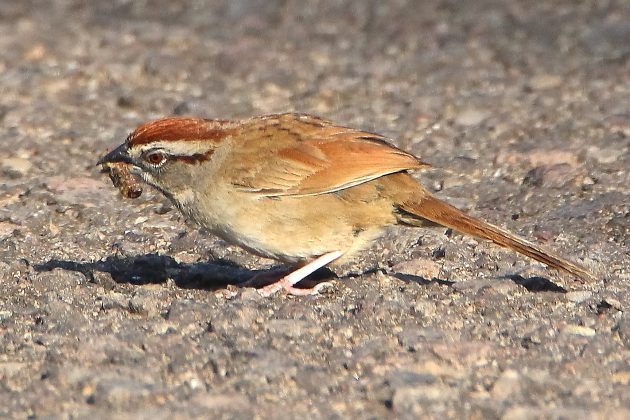
Seed-eating Rusty Sparrows still feed grubs to their babies.
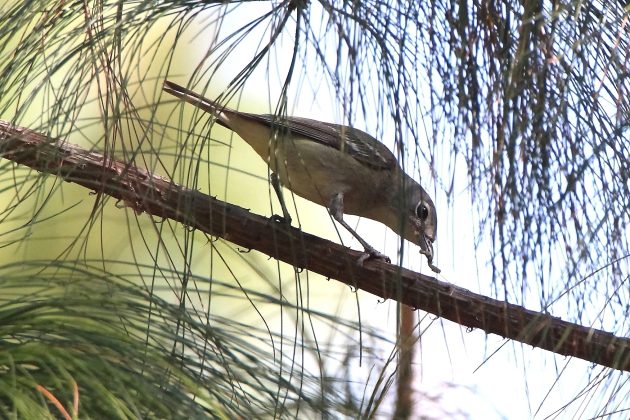
So do Cassin’s Vireos…
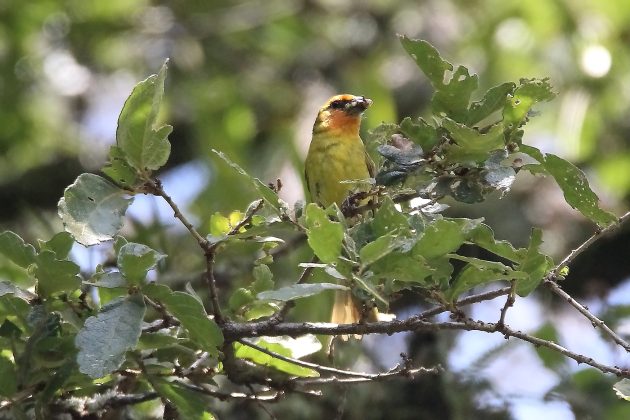
… and this Red-Headed Tanager I saw this week.
And nothing produces grubs like a good oak tree. Don’t just take my word for this, although I have observed the same. I also have it on the authority of a well-known entomologist.
This is good news for me here in Michoacán, where native oaks are so common that the official name for our dominant forest is “pine-oak forest”. The downside is that it is almost impossible to buy oak seedlings or saplings here. But the upside is that I’ve become rather good at starting oak trees from acorns. I already have 26 oak seedlings and saplings growing on the lot of the church I started 18 years ago. Two were seedlings when they were given to me, and I managed to buy another five seedlings. All the rest were once acorns, which I gathered while birding. At present, they range from a few inches to a few feet tall. (My experience confirms the rule for growing natives is: The first year, they sleep; the second, they creep; and the third, they leap.)
And while introduced plants currently predominate in my home garden, I have decided that any gaps that develop from now on will be planted with natives. A native Coral Tree (Erythrina) that I planted from wild-collected seeds is now ten feet tall, and on its way to its first bloom, right behind our laundry room. It should look like this plant, which I just saw while birding on Monday, when it does:
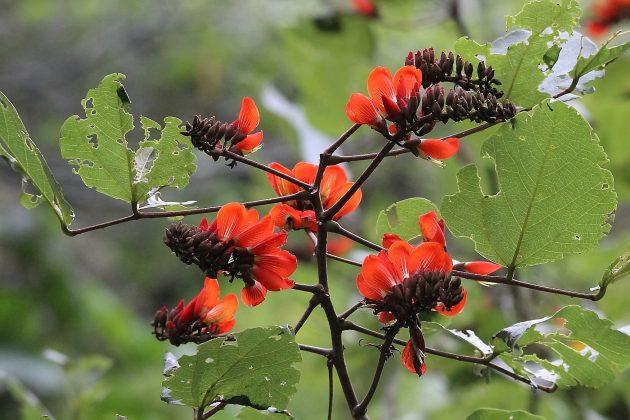
A local wild grape, also grown from collected seed, has now grown six feet tall into my pomegranate tree. Most of its leaves showed significant caterpillar damage in June and July. But now, I’m starting to think of that as a good thing.
And in one corner, under a tall native Salvia that the hummingbirds love, I planted an oak this week. Just don’t tell my wife — she won’t believe that I can possibly fit another tree in our yard.
A note on the photo of my new oak: Up north, gardeners create elaborate cages to protect acorns and oaks from squirrels and deer. Down here in Mexico, root grubs are my problem. So I plant my saplings in bottomless pots.

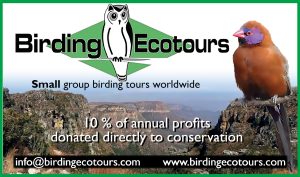
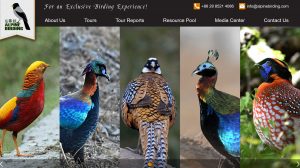
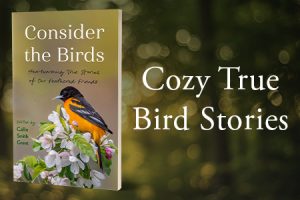
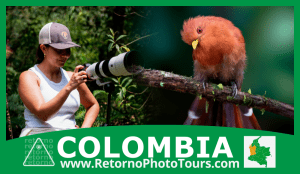
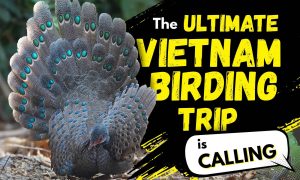
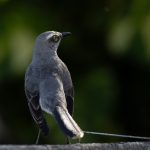
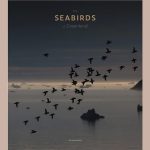
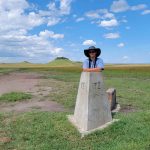
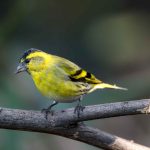
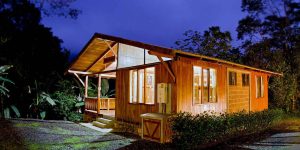
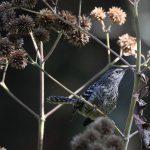
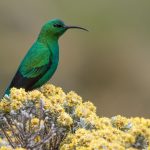
As a wee boy I was told the hagiography of St Boniface at school and Paul’s post of the oaks in the church grounds reminded me of the story and how I felt at the time. The narrative is straightforward: in 754 St Boniface cut down the holy oak of the Frisians. They in turn chopped him to bits. He became a saint. The official morale of the story was of course to feel for the saint (this was a Christian school) but I vividly remember being upset about the environmental damage! Why cut down a 1000-year old tree?? I am glad Paul’s church is making amends on the oak front!
Three cheers for oak trees. If you plant them, they will come … creepy caterpillars and birds that is.
Paul, thank you for writing this post and I couldn’t agree more. Thanks also for mentioning the tireless work of Douglas Tallamy. Even though I have always loved oak trees and know them as some of our very oldest trees, a friend of mine introduced me, more extensively, to the value of oak trees. Leaf for leave, acorn for acorn, oak trees support more species of life than any other tree (I think I have this correct). He learned this after reading “The Nature of Oaks: The Rich Ecology of Our most Essential Native Trees” by, none other than, Douglas W. Tallamy. Congratulations on your seedling.